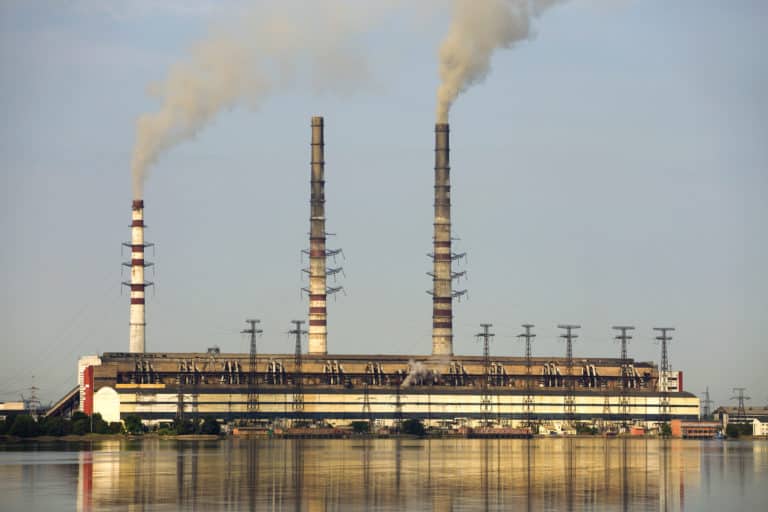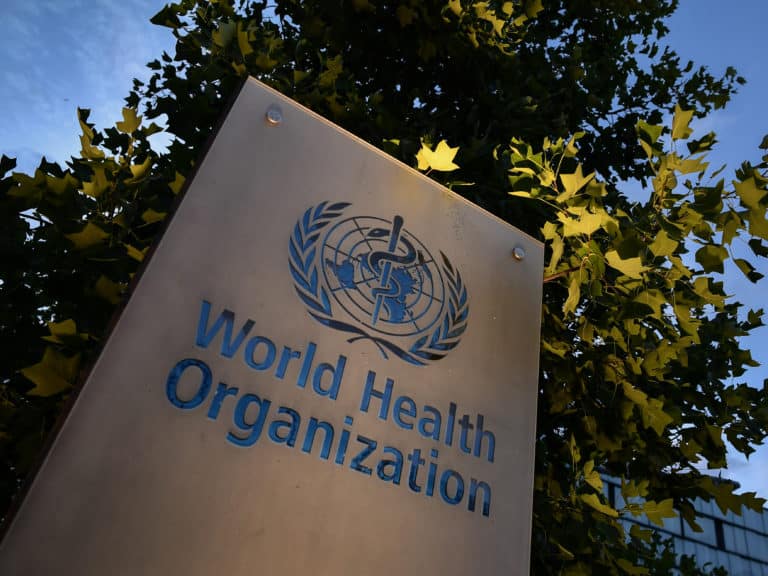The AIR XS Silica Monitor leverages cutting-edge Optical Refraction Technology (ORT) to enhance workplace safety by providing real-time monitoring of respirable crystalline silica (RCS). Unlike traditional particle monitors, AIR XS distinguishes and measures RCS content, enabling immediate detection and response to harmful silica dust levels. This technology is crucial in combating occupational lung diseases such as silicosis, which affects millions of workers globally.
Current monitoring methods, like gravimetric sampling, are time-consuming and often deliver results too late to prevent exposure. In contrast, real-time silica monitoring offers immediate data, significantly reducing the risk of occupational silicosis by enabling prompt action to mitigate hazardous conditions. The importance of such real-time data is highlighted by cases like Joanna McNeill’s, who developed silicosis at the age of just 36. Her story, like many others underscores the necessity for continuous monitoring to protect workers from the threat of silicosis, regardless of their occupational environment.
Our real-time RCS monitor, AIR XS provides a real-time solution to this threat. Workers are not only alarmed and alerted when silica levels exceed legislative limits but can work to best practices by implementing AIR XS with the Hierarchy of Controls, supporting proactive measures to eliminate or minimise exposure to RCS. This move to real-time monitoring as a solution to the threat of silicosis has also been noticed by governing bodies, like the All-Party Parliamentary Group on Respiratory Health.
New test findings released, confirm the efficacy of a world-first real-time monitor for silica dust, which represents a revolution in the protection for workers exposed to respirable crystalline silica (RCS) dust.
As a leading workplace safety technology company, we have developed the AIR XS Silica Monitor, designed to protect workers against lung diseases such as silicosis by providing real-time readings of levels of crystalline silica in the air.
We have recently commissioned a leading occupational hygiene and laboratory testing organisation to conduct independent testing of the AIR XS. The results show the AIR XS repeatedly provided consistent, accurate, real-time data throughout an eight-hour testing period.
The testing demonstrates that AIR XS can improve worker safety by providing instant information to businesses and workers exposed to RCS, instead of having to wait up to four weeks to know their level of exposure to this killer dust, which is the current industry standard.
While the Australian Government recently implemented a ban on engineered stone, commencing 1 July 2024, the process most synonymous with creating silica dust, Group CEO Glyn Pierce-Jones said this ban alone would not solve the current health crisis caused by RCS.
“Silica dust is found in most building materials, so while banning engineered stone is a positive step, it’s not a holistic solution. The real issue facing the industry is the current archaic methods of testing for silica dust and the delay it causes in creating the safest possible workplace.”
The AIR XS is already being used in Australia to monitor RCS levels in many industrial locations.
Silica occurs naturally in soil, sand and granite; however, it is almost harmless in that state. Once those materials have been disturbed through construction or mining, silica dust is generated and can be inhaled into the lungs. This dust can cause silicosis, and other types of lung diseases and cancer, which are often irreversible and progressive.
Recent research from The Lung Foundation showed an estimated 600,000 Australian workers and between 40-50 million workers worldwide are exposed to silica dust across a wide range of industries including quarrying, construction, tunnelling, mining and many manufacturing processes.
The current approach to test for RCS is gravimetric sampling, the process requires collection, processing, and laboratory analysis of the sample, which is both time-consuming and costly for businesses. Direct-reading instruments offer businesses the ability to monitor employee safety on sites in real-time, eliminating the delays of weeks typically associated with potential RCS exposure.
Mr Pierce-Jones emphasised the urgent need for enhanced safety measures for anyone who may be in contact with silica.
“The current testing methodology for RCS only allows users to take an average reading over an eight-hour period and typically takes up to four weeks to produce a result,” Mr Pierce-Jones said.
“Our AIR XS Silica Monitor was designed to provide an accurate reading with immediate results, letting workers know when their health is in danger and allowing employers to respond in the most efficient manner.”
“These latest test results are another indicator of what we already knew at Trolex – that the AIR XS could be part of a desperately needed solution to an urgent health crisis.”
We’re living through an air pollution emergency. One that’s already claiming thousands of lives and costing billions of pounds. And that news shouldn’t come as a surprise.
We wrote in a recent blog, The threat from particulates: It gets worse about an American academic study: “Long-Term Exposure to Fine Particulate Matter, Residential Proximity to Major Roads and Measures of Brain Structure.”
The report clearly shows the risks that people living over extended periods near busy main roads face from fine dust that causes respiratory diseases, results in brain atrophy (brain shrinkage) and leads to an increased risk of stroke and other disease.
Another academic paper, ‘Air Pollution and Noncommunicable Diseases’ suggests that air pollution may be damaging ‘every organ in the body.’
Unfortunately there was nothing ‘academic’ about the consequences of particulate inhalation for nine year old Ella Kissi-Debrah, whose death in 2013 was caused by ‘acute respiratory failure, severe asthma and air pollution exposure’.
“The whole of Ella’s life was lived in close proximity to highly polluting roads. I have no difficulty in concluding that her personal exposure to nitrogen dioxide and PM was very high,” stated the coroner.
And the really sad thing about Ella and her family’s suffering?
Is that it’s far from unusual.
According to the World Health Organisation, air pollution is the “new tobacco”, killing 7 million people a year and harming billions more.
“No one, rich or poor, can escape air pollution. It is a silent public health emergency.” Dr Tedros Adhanom Ghebreyesus, the WHO’s director general.
More than nine in ten people breathe toxic air and 300 million live where toxic fumes are six times above international guidelines and the health impacts are profound – especially for children.

So what’s going on? How is it possible that so many people suffer so much through filthy, contaminated air?
A rush for profits? For progress? For economic advancement? A lack of technology? Insufficient knowledge? Clarity of thought? Understanding? Will? A short-termism that prioritised wealth over health?
In truth it’s all these factors and more. Reasons, more often excuses, that in the not so distant future people will look back at in horror. A situation where people simply won’t believe that things were allowed to get so bad and stay so bad for so long.
Thankfully, though belatedly, the weight of detailed research, visible interventions from the likes of WHO, an increasingly active green movement and high profile tragedies such as the death of Ella Kissi-Debrah are seeing attention at last turning to the issue of air pollution and how best to tackle it.
So much so that the language of particulates and respiratory health is even entering mainstream use. The government responded to Ella Kissi-Debrah’s death with, “We are delivering a £3.8 billion plan to clean up transport and tackle NO2 pollution, and going further in protecting communities from air pollution, particularly PM2.5 pollution, which we know is particularly harmful to people’s health.’
Which is great.
But while a public recognition of the issue and an ability to deploy the right words in addressing the issue is a positive sign, it’s the ability of governments and industry to actually do something about air pollution that really matters. Action that all of us will be judged on in the future.

Signs are mixed. For example, despite the UK Government’s recognition that we all need to be protected from toxic air, and despite pledging funds to fight that cause, it has so far voted against proposals to put WHO pollution limits into UK law, arguing that they’re ‘uneconomical.’
‘Were you part of the problem or part of the solution?’ we’ll all be asked in the not too distant future.
Which is why we do what we do here at Trolex – to be a very proud and purposeful part of the solution.
Enquire today about our new AIR XD Dust Monitor and XD ONE Portable Dust Monitor in our real-time dust monitoring range – accurate, simple to use, easy to maintain, real-time particulate detection technology that keeps people safe.